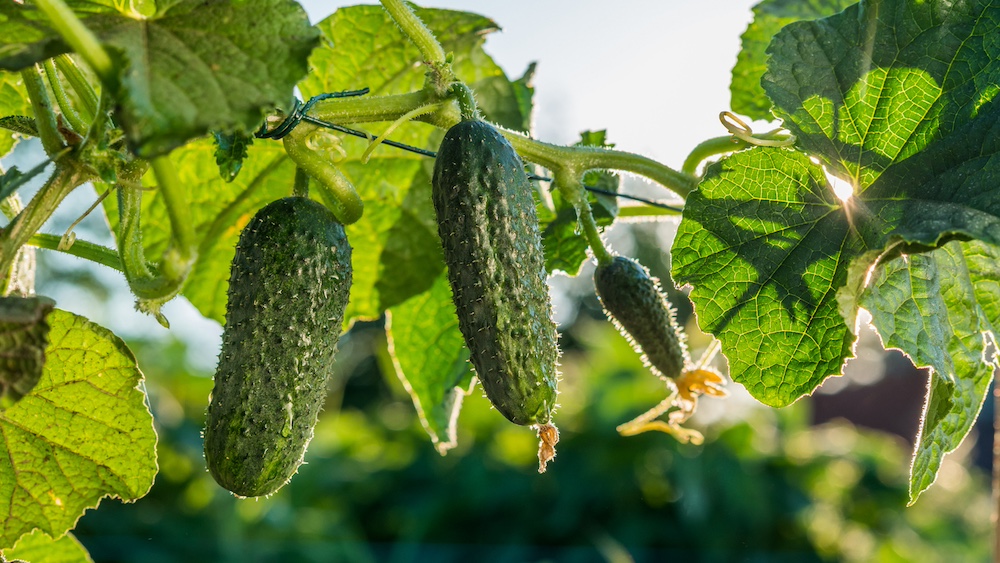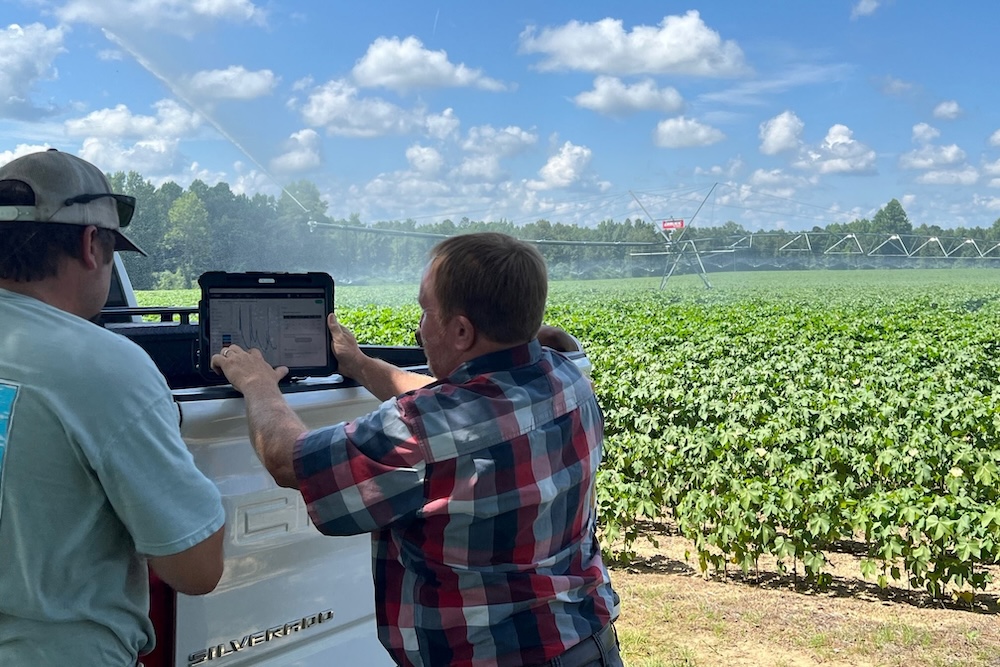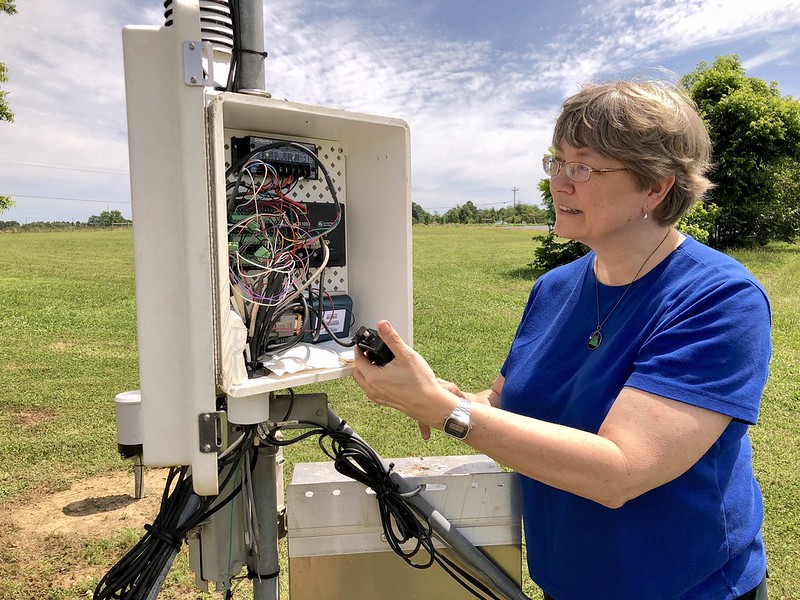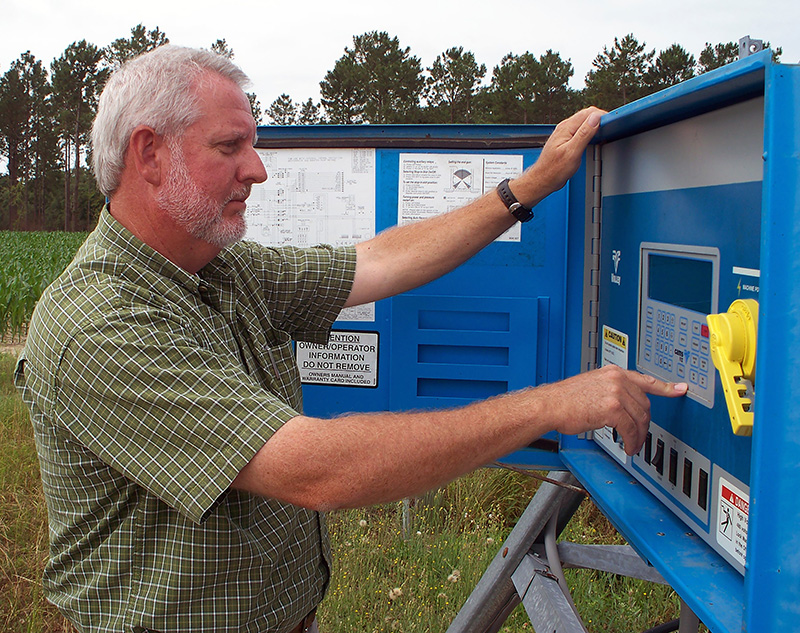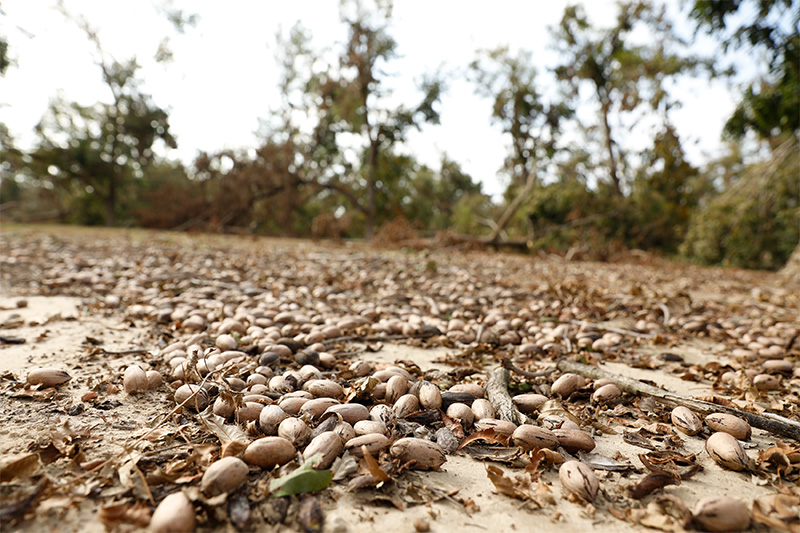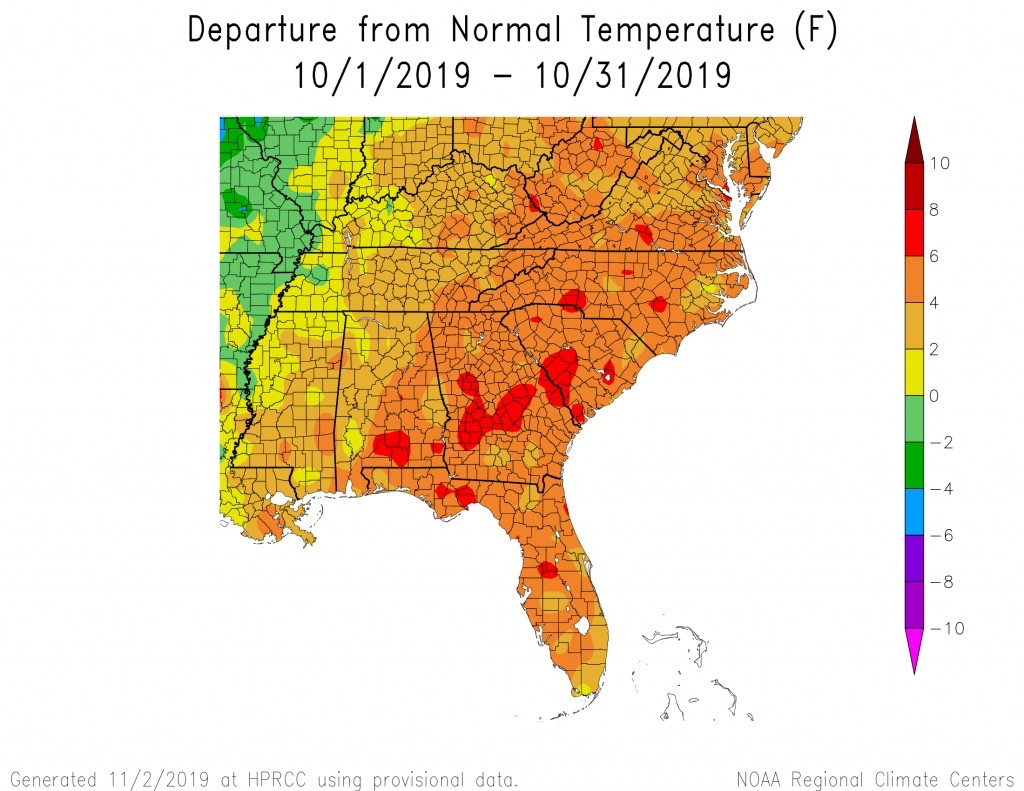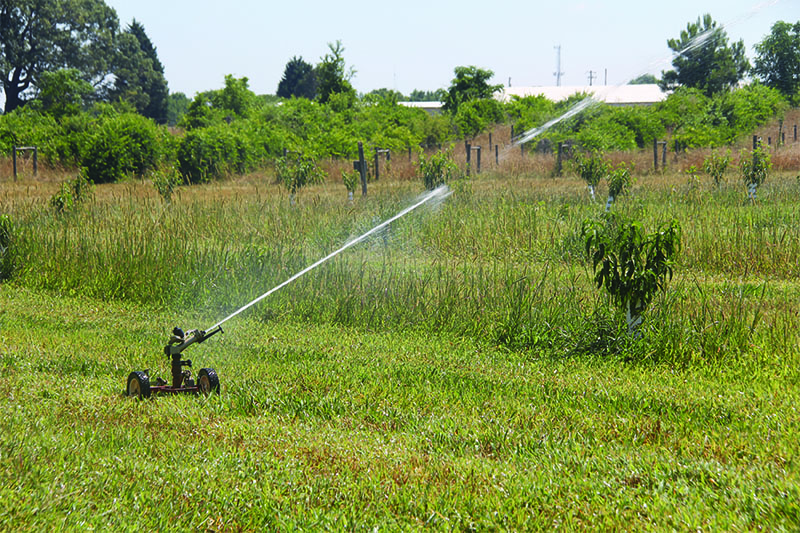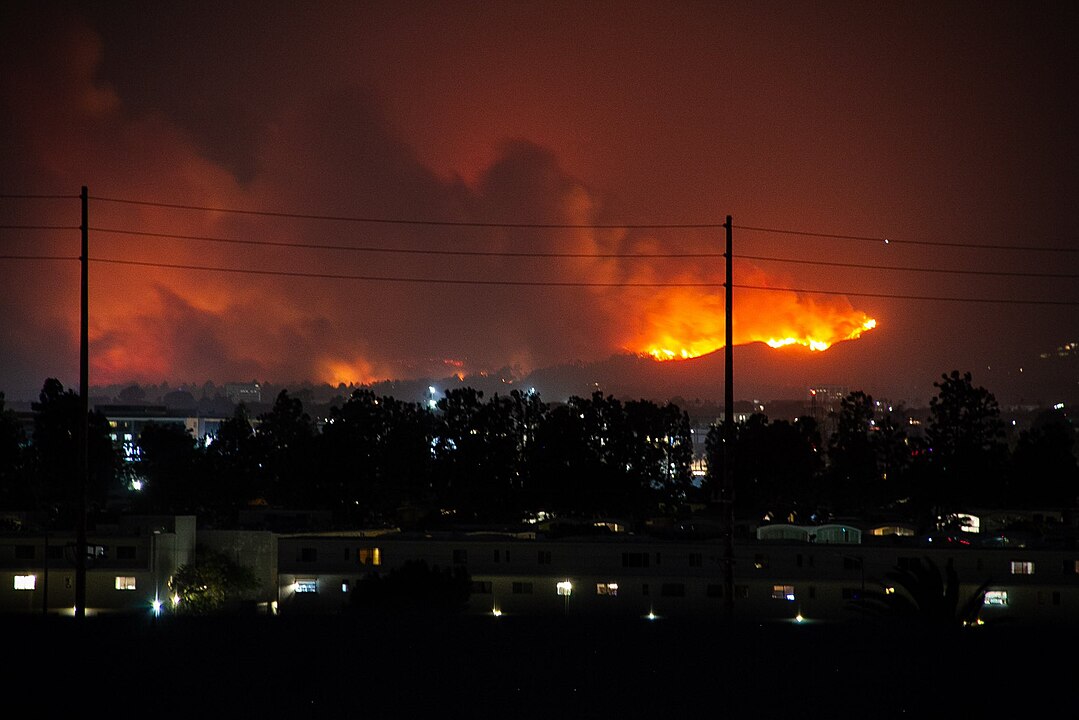 CAES News
CAES News
Prescribed burns
As shocking images of the fire-blasted hills around Los Angeles demonstrate, wildfires have become an increasing concern in the United States, particularly in regions where suppression strategies have dominated for decades. A new study by University of Georgia researcher Yukiko Hashida examines how prescribed burns could play a key role in mitigating wildfire risks.

